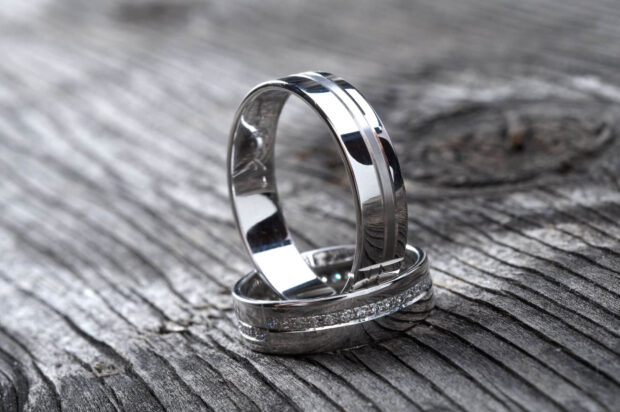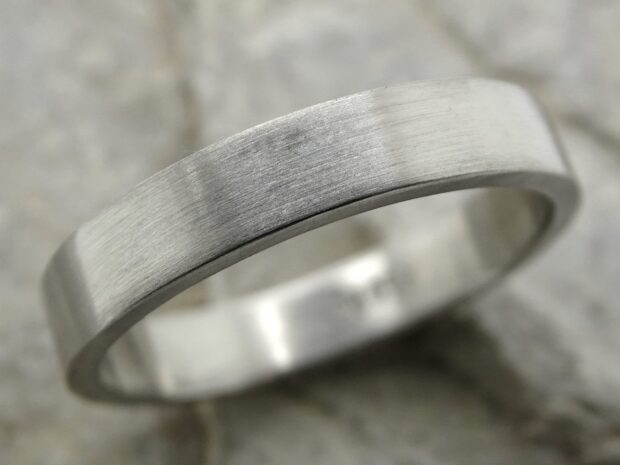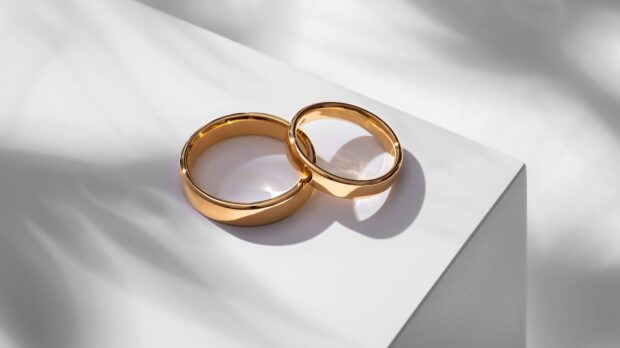Choosing the perfect metal for your engagement ring is an essential decision, as it will not only affect the ring’s appearance but also its durability and longevity.
There are several types of metal available for engagement rings, including gold, platinum, palladium, and silver. Each metal has its unique properties and characteristics, so it’s important to consider them carefully before making a decision.
If you are in market for good quality engagement rings, we recommend checking out Engagement rings manchester.
Gold
Gold is a popular choice for engagement rings due to its timeless elegance and beauty. It is available in various colors, including yellow, white, and rose, with 14K and 18K being the most popular. 14K gold contains 58.3% gold and 41.7% other metals, while 18K gold contains 75% gold and 25% other metals. The additional metals used in gold alloys improve its durability, but they can also cause allergic reactions in some people.
Gold is also relatively easy to maintain and clean, and it can be easily resized if needed. However, gold is a softer metal compared to others, which means that it is more prone to scratches and wear over time.
Platinum

Platinum is a rare and precious metal that is highly valued for its durability and natural white luster. It is also hypoallergenic, making it an ideal choice for people with sensitive skin. Platinum is denser than gold, which makes it heavier, more durable, and scratch-resistant. It is also more expensive than gold, but it’s worth the investment for its long-lasting qualities.
One of the significant advantages of platinum is that it doesn’t require rhodium plating to maintain its white color, unlike white gold. However, it can develop a patina over time that some people find attractive, while others prefer to maintain the bright white shine of the metal.
Palladium
Palladium is a white metal that is part of the platinum group, making it an excellent alternative to platinum at a more affordable price point. Palladium is hypoallergenic, durable, and lightweight, making it an excellent choice for an engagement ring that will be worn daily.
One of the main benefits of palladium is that it retains its white color without the need for rhodium plating. It is also less dense than platinum, making it a more comfortable option for people who prefer lighter rings.

Silver
Silver is a popular choice for jewelry due to its affordability, but it is not commonly used for engagement rings. It is a soft metal and can be easily scratched, tarnished, and discolored over time, making it less durable than other metals. However, it can be a good option for people who prefer a vintage or rustic look for their engagement ring.
In addition to the metals listed above, there are also alternative options, such as titanium, tungsten, and stainless steel. However, these metals are not commonly used for engagement rings due to their industrial look and lack of traditional elegance.
Choosing the Metal for Your Needs

When choosing the best metal for your engagement ring, it’s essential to consider your lifestyle, budget, and personal preferences. If you’re looking for a timeless, classic look and willing to invest in durability, platinum is an excellent choice.
If you want a more affordable alternative, palladium is a great option that offers similar benefits to platinum. For those who prefer a more traditional and warmer look, gold is an excellent choice, but it requires more maintenance. Finally, if you’re looking for something unique and budget-friendly, silver can be a good option.
Conclusion
In conclusion, choosing the right metal for your engagement ring is a significant decision that should not be taken lightly. Consider the properties and characteristics of each metal before making a decision, and choose the one that best fits your needs, preferences, and budget.



